Exploring the world of art, history, science and literature. Through Religion

Welcome to TreasureQuest!
Look through the treasures and answer the questions. You’ll collect jewels and for each level reached, earn certificates.
How far will you go?
You need an adult’s permission to join. Or play the game without joining, but you’ll not be able to save your progress.



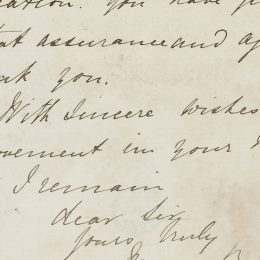


Are there links to current religious practices or a modern equivalent?
Letters have long been a way for people to communicate. Now that ideas are so much more accessible to a significant proportion of the world’s population, the means of communication have naturally changed too. For example, people who have questions about religion and science might choose to write to an online forum such as Richard Dawkins’s Converts Corner or the Science and Religion Forum.

Where is it from, where is it now?

Websites
The Darwin Project
The project is publishing all of Darwin’s correspondence (over 15,000 letters) online, as well as producing educational resources for ages 7-16, for universities and for Darwin scholars. Schools resources include a timeline, short films, PowerPoint presentations and a wide range of subject specific and cross-curricular activities.
Videos
Faraday Schools
What kind of a picture would Year 9 of Maiden Erlegh School in Reading want to present to the great scientist about the legacy he left?
Places
Charles Darwin Trust
The Charles Darwin Trust takes Charles Darwin, the person, scientist and Victorian gentleman, his house, gardens and countryside at Downe, as an inspiration for teaching and learning science.



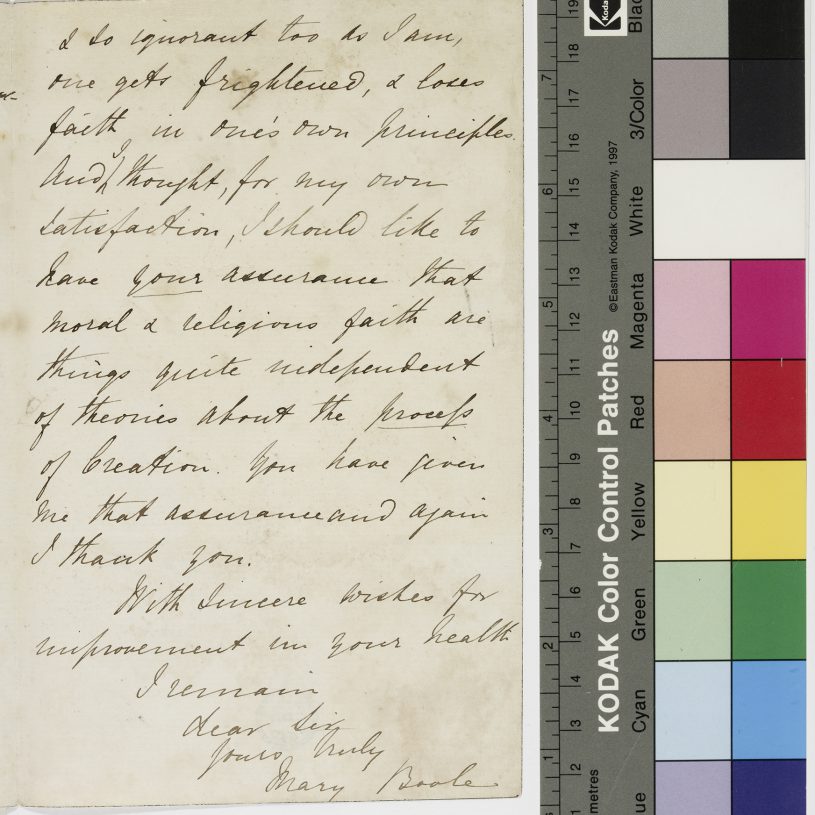
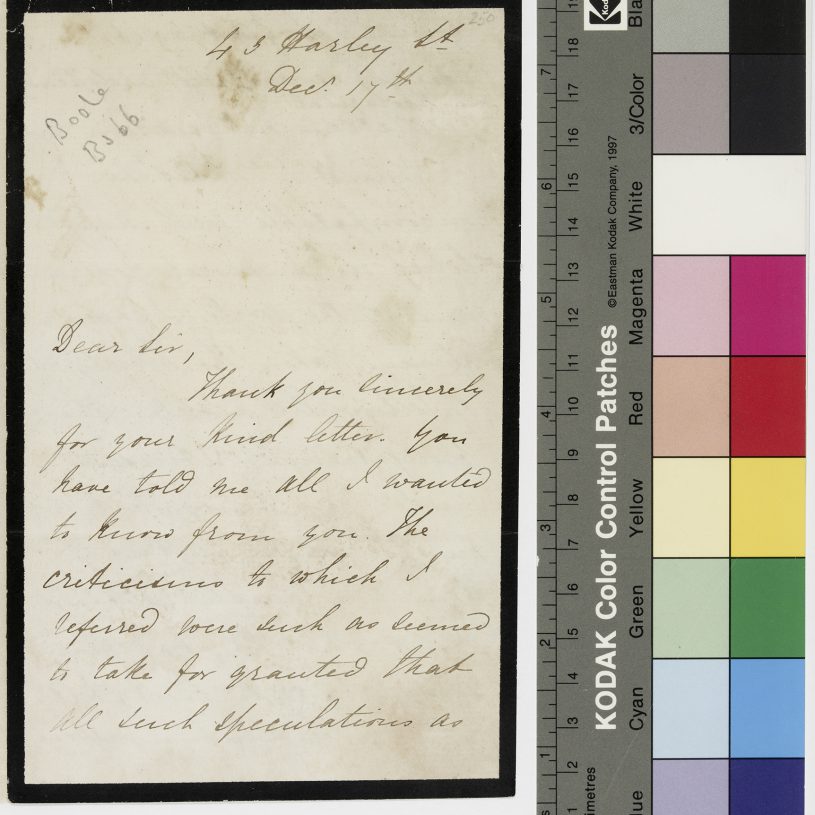
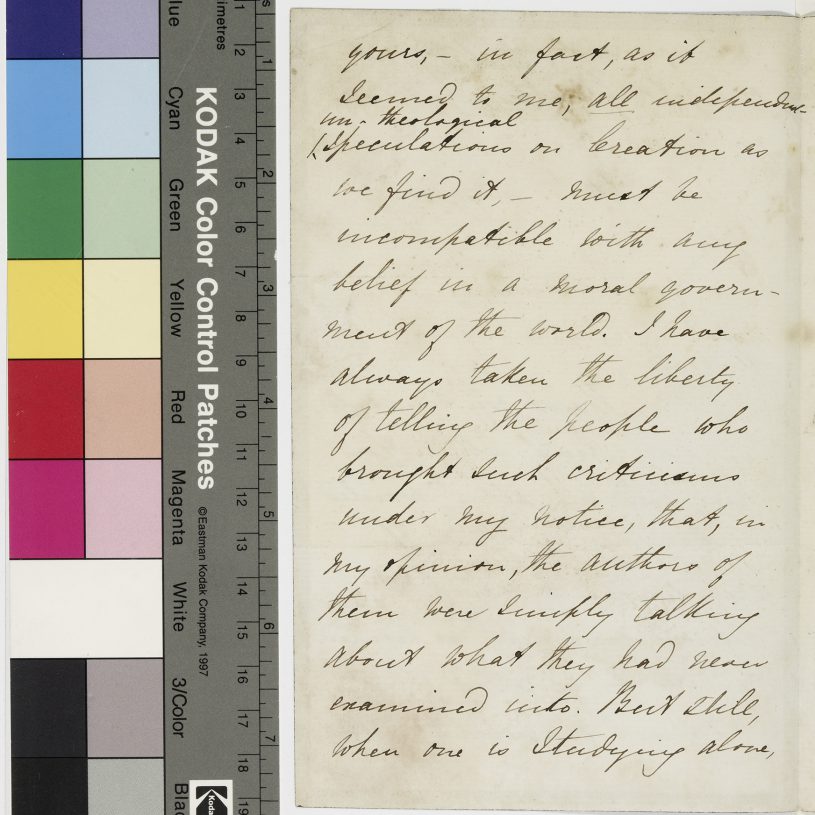
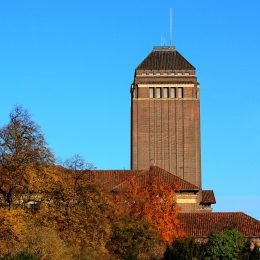





 Faculty of Divinity
Faculty of Divinity